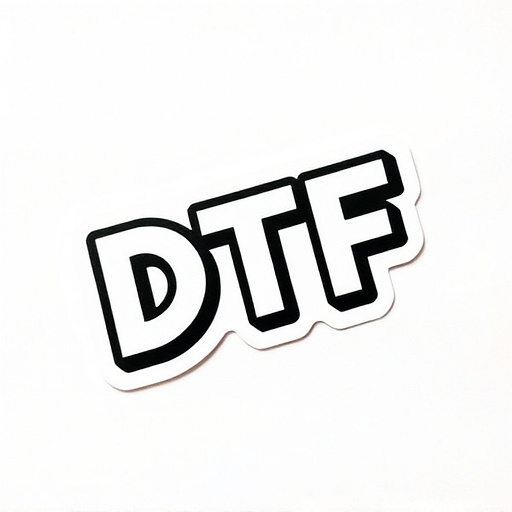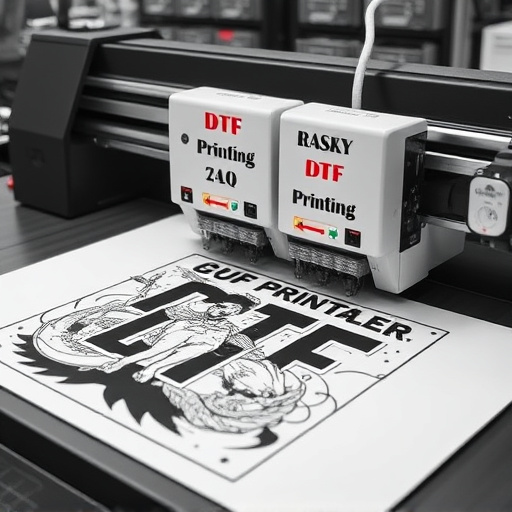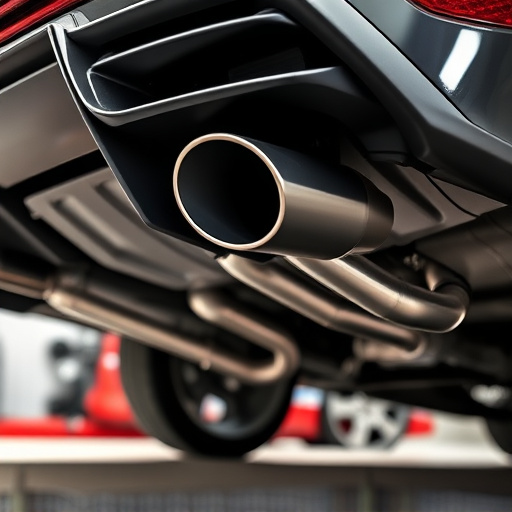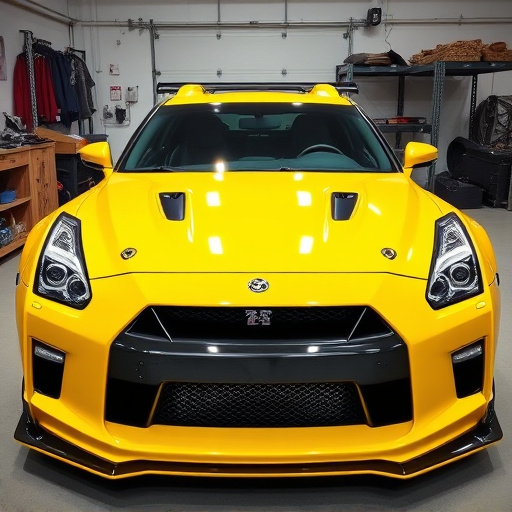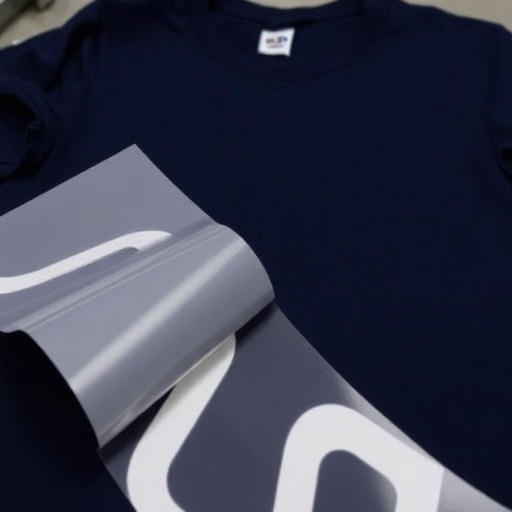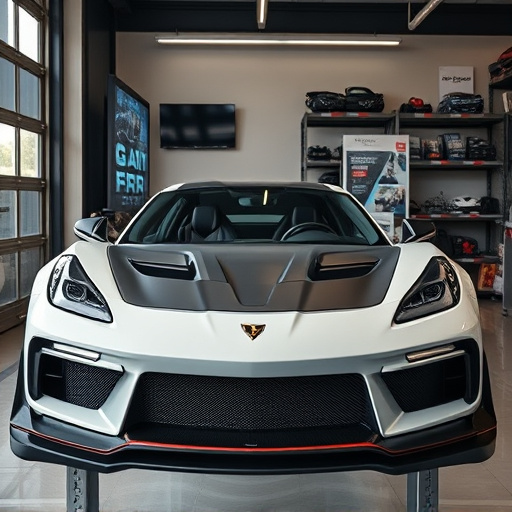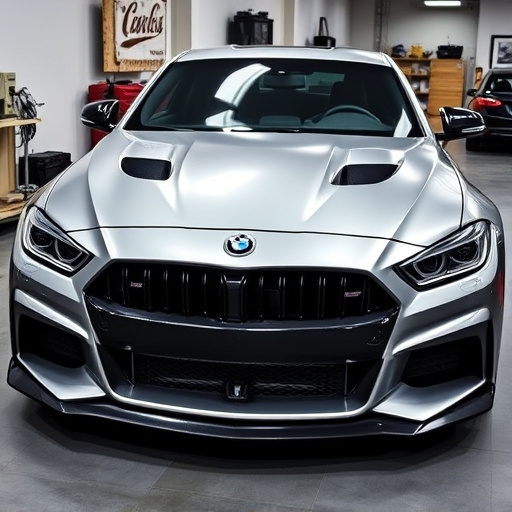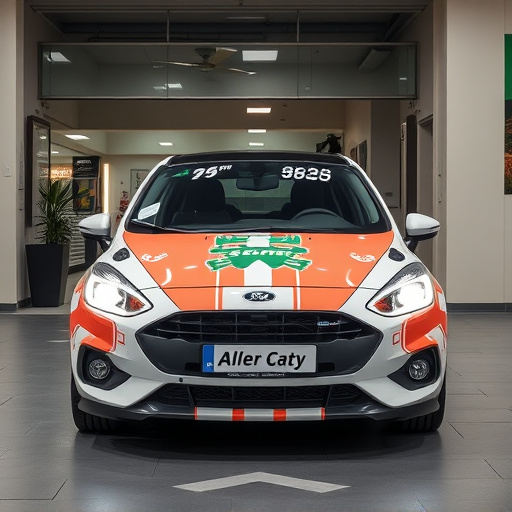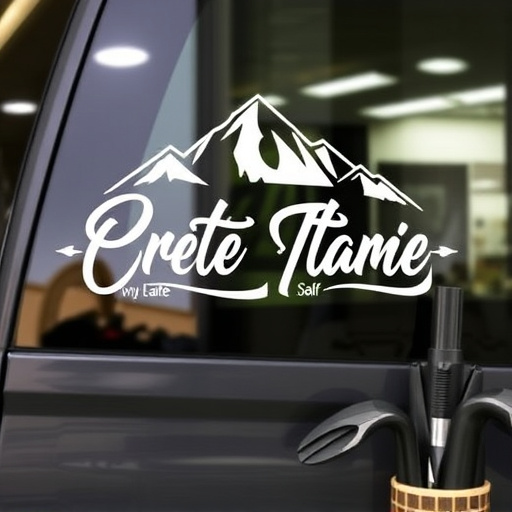Van wrap design requires a balance between aesthetics and safety regulations. It involves using reflective materials for nighttime visibility, strategically placing graphics to avoid driver distraction, and selecting eco-friendly adhesives and inks. By combining vibrant colors, strategic paint correction, high-quality materials, and automotive detailing, custom van wraps can be both visually stunning and legally compliant, ensuring the underlying vehicle is protected while standing out on the road. Key practices include thorough research of local regulations, using durable vinyl wraps, proper installation by professionals, and staying updated with best practices in automotive detailing.
In the dynamic world of mobile advertising, a well-designed van wrap stands out as a powerful tool to capture attention. However, navigating industry regulations is crucial for effective compliance and brand safety. This article explores the essential aspects of van wrap design, focusing on understanding and adhering to industry standards. From key design elements to best practices for implementation and maintenance, discover how to create visually appealing wraps that comply with regulations, ensuring your message resonates while staying within legal boundaries.
- Understanding Industry Regulations for Van Wraps
- Key Elements of Compliant Van Wrap Design
- Best Practices for Implementing and Maintaining Regulatory Compliance in Van Wraps
Understanding Industry Regulations for Van Wraps

Van wrap design is not just about aesthetics; it’s a complex process that requires a deep understanding of industry regulations. These regulations are in place to ensure safety, compliance, and professionalism in the transportation industry. For instance, many jurisdictions have specific guidelines for reflective materials used on van wraps to enhance visibility during nighttime driving. Additionally, regulations govern the use of colors and graphics to prevent obstructing the driver’s view or causing distraction.
Moreover, considering the environmental impact is crucial. Regulations often dictate the types of adhesives and inks allowed in van wrap design, promoting eco-friendly practices and minimizing harmful substances. Custom vehicle wraps, while offering immense creative potential, must adhere to these standards to maintain legal compliance. Paint correction techniques can enhance the overall look without violating regulations, ensuring that your van wrap design is both visually stunning and legally sound.
Key Elements of Compliant Van Wrap Design

When designing a van wrap that adheres to industry regulations, several key elements must be considered. Firstly, the overall aesthetic should include vibrant colors and eye-catching graphics while maintaining clear visibility for safety purposes. This balance ensures that the van wrap design not only enhances brand recognition but also complies with legal requirements for signage.
Additionally, utilizing protective coatings and high-quality materials is essential for vehicle protection. These coatings safeguard against UV damage, fading, and other environmental factors, ensuring the wrap remains effective over time. Integrating automotive detailing techniques can further elevate the overall look, making the van wrap a standout feature on the road while also providing an extra layer of defense for the underlying vehicle.
Best Practices for Implementing and Maintaining Regulatory Compliance in Van Wraps

When designing van wrap designs that adhere to industry regulations, it’s crucial to implement best practices for maintaining compliance. This starts with thorough research into local laws and guidelines related to vehicle advertising and graphics. Each jurisdiction has specific rules regarding size, placement, and content of wraps, so understanding these regulations is essential.
Regular updates and maintenance are also key. Vehicle wraps should be designed with the potential for future changes in mind, allowing for easy alterations if regulatory requirements shift. Utilizing high-quality materials, like durable vinyl wraps, ensures longevity and reduces the need for frequent replacements. Proper installation by experienced professionals is paramount to adhering to safety standards and preventing legal issues related to subpar work. Additionally, staying informed about industry best practices for automotive detailing and vehicle enhancement can contribute to creating visually appealing and compliant van wrap designs.
In conclusion, creating a compliant van wrap design involves a thorough understanding of industry regulations and best practices. By adhering to these guidelines, businesses can ensure their vehicle graphics not only comply with legal requirements but also enhance brand visibility on the road. A well-designed van wrap that follows regulatory standards is an effective marketing tool, allowing companies to navigate the streets with professionalism and style.

